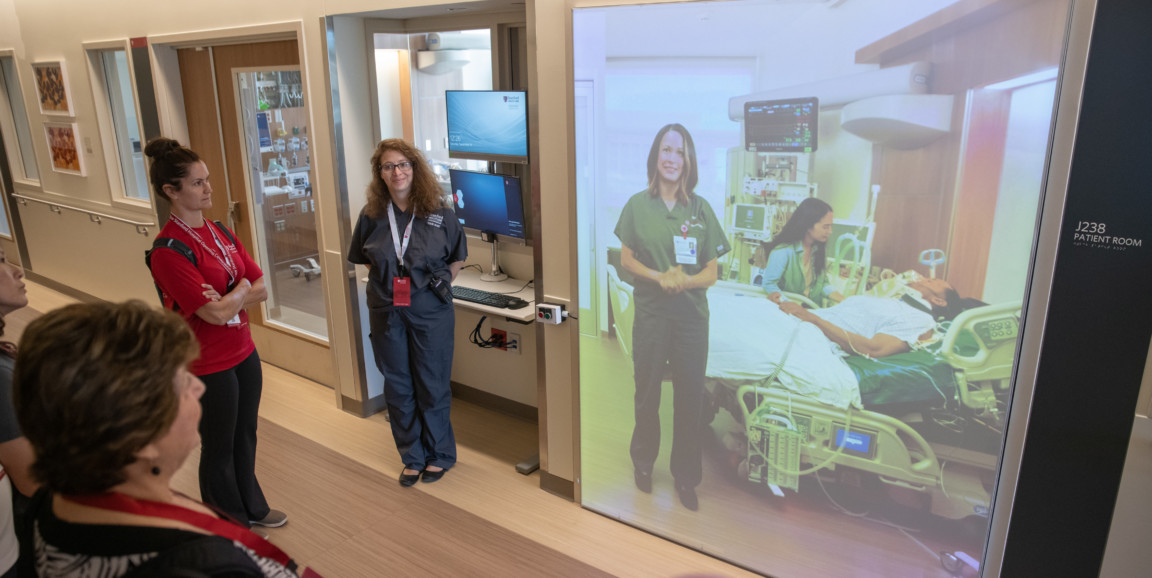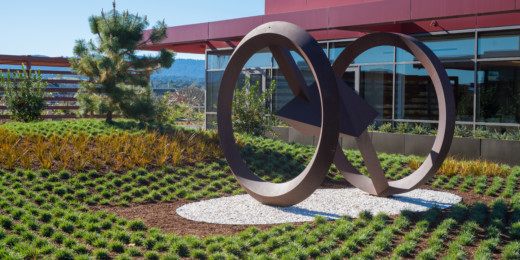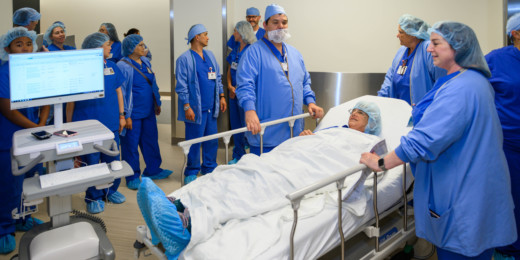As we headed down Pasteur Drive, a large, seven-story building rose up before us. "What's that?" asked my husband, Jay. "That," I said, "is the new hospital."
"Really? It has a very interesting architecture. I feel like it's reaching out," he said. "It looks professional and organized, but the way it's built around the entrance, it makes me feel like I want to enter the building. I feel invited."
That was his surprising first reaction to the new Stanford Hospital, which was opened to the public for the first time last weekend. More than 10,000 people, many of them families with children, swarmed the grounds of the 824,000-square-foot building at a community open house.
I have a long history with Stanford, so the hospital was not new to me. In fact, when I was a local reporter, I covered the opening of the remodeled Stanford hospital back in 1985.
But technology and the thinking about healing have changed so much since then. So there was a great deal in this new building next to the existing hospital that wowed both me and my husband.
We took one of the tours, in which a small group of us followed the progress of a fictitious patient named Peter, who had been injured in a bike accident in Napa Valley. As our group physically moved through the hospital, we watched Peter on a series of screens stationed around the facility. At every stage of his treatment, a caregiver in a video described the surroundings, beginning with his arrival by helicopter on the rooftop helistop.
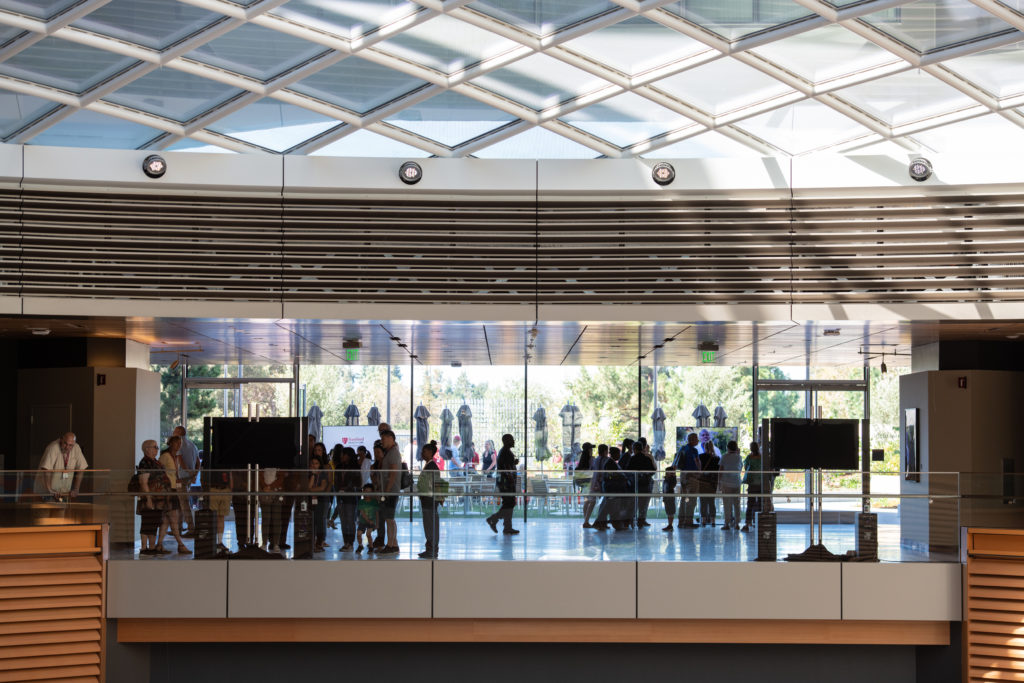
Peter was whisked down on a gurney to the new emergency department, where we oohed and aahed over the private treatment bays and the large open spaces. This new space, which is more than twice as large as the current emergency department, would surely make any future experience more comfortable for patients -- and for the people treating them.
In the video, we also learned from Andra Blomkalns, MD, the chair of emergency medicine, that the adjacent parking garage, where we had just stashed our car, could be converted into an extension of the emergency department in the event of major disaster.
We followed Peter through surgery, his recovery in intensive care and finally, his transfer to one of the new hospital's 368 private rooms.
The minute we entered the room, our fellow visitors began snapping photos. A window spanned the full length of the room, with a view of tree-lined streets and the Santa Cruz Mountains in the background. Every room, we learned, has a view -- whether it's of the San Francisco Bay or the hills. It's part of the hospital's philosophy of using nature and natural light, as well as music and art, to help soothe and heal.
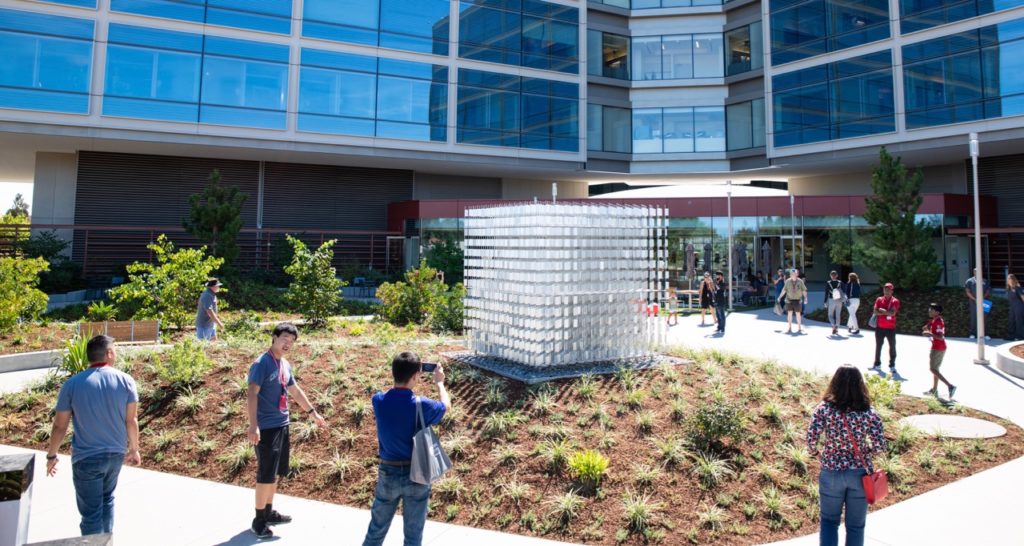
On the third floor -- which is focused entirely on wellness -- we strolled through interconnected rooftop gardens, past benches and a glass sculpture that changes character with the wind. It was a serene spot for respite and reflection.
Back inside the hospital, the view from the third floor into the central atrium reminded my husband and me of the San Francisco Museum of Modern Art -- expansive and open, with a dynamic feel. From the ground floor, the atrium overwhelms and inspires the visitor with its soaring wood and glass ceiling; It makes you feel transported upward. "I would come here just to sit," Jay said.
We exited into the beautiful Sunday weather, feeling grateful to have seen the hospital on a day when we were healthy and comforted to know it's there for those who need it.
Photos by Steve Fisch


